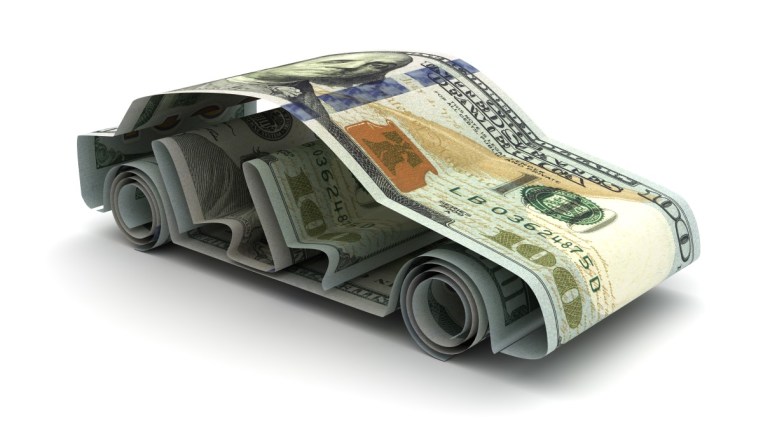
That’s partly a function of falling prices. The price of the average new car fell to $48,763 in February. That’s still 5.3% higher than it was a year before. But it comes after three consecutive months of decreases, and the month saw many dealerships go back to offering incentives to help sell new cars after a year in which such offers were rare.
But affordability is also improving in other ways.
The Cox Automotive/Moody’s Analytics Vehicle Affordability Index measures how long the average earner has to work to pay off the average new car. It fell to 43.2 weeks in February. That’s still historically high. But, like final sale prices, it’s now in a distinct downward trend.
Cox Automotive is the parent company of Kelley Blue Book.
What’s helping car shoppers? The median income grew 0.3% in February, our economists tell us. The average new vehicle loan interest rate declined, even as the federal reserve continues to raise baseline interest rates. The average borrower in February paid 9.17%, according to Moody’s Analytics.
That brought the typical monthly payment down to $765.
We’ll wait for you to stop laughing.
Yes, “down” to $765. The average monthly payment peaked at $789 last December.
“With prices easing down and incentives moving higher, new-vehicle affordability has slightly improved to start 2023,” said Cox Automotive Chief Economist Jonathan Smoke. “However, to put the payment in perspective, the typical American household can afford a car payment of around $400 a month. With an average monthly payment of nearly twice that, the new-vehicle market remains heavily skewed toward the most affluent buyers.”







